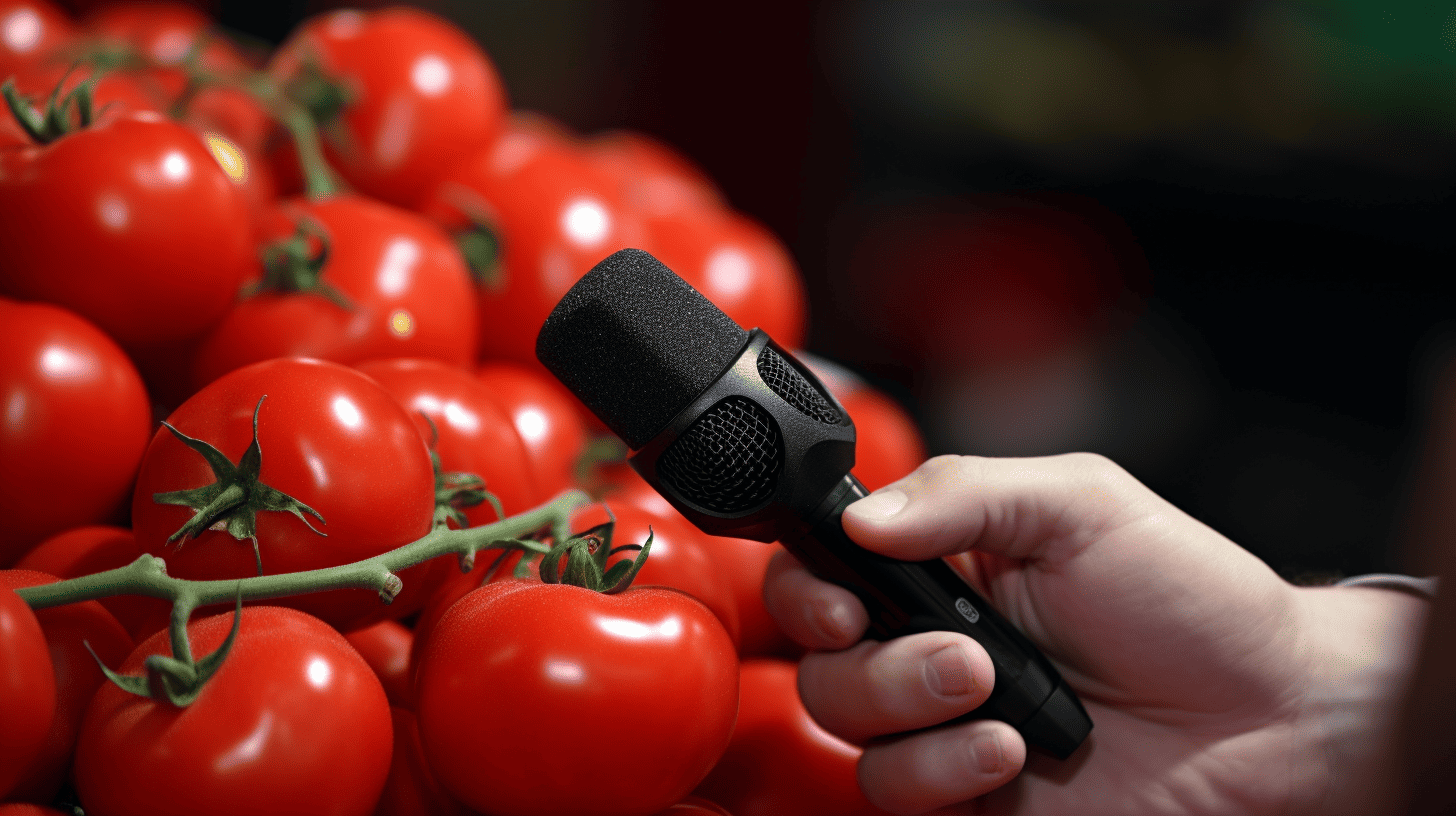
Heading into the New Year, it’s once again time for the traditional good intentions. You know them well: losing weight, exercising more, living a healthier life, eating fewer sweets, quitting smoking and/or working less hard. But fortunately, we sometimes have more original resolutions like giving someone a compliment every day or writing a letter to yourself every month.
Profit warning
But just like every year, it is also clear that nothing comes of many good intentions, at least not in a sustainable way. Most people have already fallen back into their old habits by February. After all, good intentions are mainly symbolic and seldom lead to lasting changes. That is also my personal experience. That’s why I’m taking a different approach this year. Google took me to all kinds of fascinating studies into the causes of all those failed resolutions and tips on how to succeed. By the way, it was also nice to read that I am not the only one who fails to hold on to good intentions in the long term. Misery loves company.
Four golden tips
Good intentions have a greater chance of success if you formulate them positively. So don’t say what you’re not going to do anymore; instead, formulate new habits. Because according to Per Carlbring, a behavioral scientist at the University of Stockholm, “starting something is easier than stopping something.” According to Carlbring, you can’t just erase habits, but you can replace them with something else. So take it upon yourself to eat fruit every day instead of eating fewer sweets.
It is also advisable to think very carefully about why you actually want to change something. This is good for your motivation. The higher the motivation, the greater the chance of success. A good intention because somebody else (your partner?) thinks it’s a good idea is pretty much doomed from the start.
Thirdly, it helps to formulate your resolutions as SMART as possible. So when is your good intention achieved? More exercise, for example, can be translated to a daily walk of at least half an hour between all digital meetings.
Finally, it helps to involve a friend, or friends, who can coach you in keeping your resolution. So don’t just keep your intention to yourself. Involve others.
My New Year’s resolution for 2021
So this year’s preparation was better than in other years. I did some serious research. Now comes the implementation.
I want to spend a lot less time on Facebook and Twitter in 2021. What once started as a fun social activity and was certainly a source of relevant information has become a source of irritation. The heated simplistic opinion machine goes on and on. People tumble over each other and seem to be only interested in their own crowd. A good conversation, in which people also listen, has long since ceased to exist. For a long time, I’ve tried not to get annoyed, to escape from people with the umpteenth provocative image and text about black Peter. Not to mention people who continue to deny the existence of the coronavirus. I’m really done with it. So there is no lack of motivation to ‘lose weight digitally’!
But how do I formulate that in a positive way? Digital weight loss, but different. I have decided to commit myself to speaking to at least one new person every week, in other words, expanding my real social network. Not on social media, but in real life. Because there is more to life than a smartphone, laptop and an online existence.
That sounds like a wonderful resolution in a time of too many digital interactions – getting to know new people in flesh and blood. Quite a challenge with all the coronavirus measures, of course. That’s why it doesn’t have to be a big and compelling new contact every week. A social chat on the street can also provide a feeling of real connection. Or just handing out a compliment to a stranger. It makes the world a bit more beautiful.
And let’s hope that the tendency to keep looking at Facebook and Twitter to see what discussion has broken out there decreases.
The last golden tip is hereby also settled. By sharing this good intention here with you, you can coach me and assist me in the coming year.
Innovation?
But what does all this have to do with innovation? Isn’t that what this column is about? Well, everything and nothing. Everything, because innovations thrive in open networks of people who really meet and inspire each other. And at the same time, nothing, at least if you define innovation as something completely new. And that’s just not respectful “live” human contact, of course, which is as old as humankind. Not a lot of news. But we seem to have lost it, so it’s time to reinvent it in the post-corona era.
About this column
In a weekly column, alternately written by Wendy van Ierschot, Eveline van Zeeland, Eugene Franken, Jan Wouters, Katleen Gabriels, Mary Fiers and Hans Helsloot, Innovation Origins tries to find out what the future will look like. These columnists, sometimes supplemented by guest bloggers, all work in their own way on solutions to the problems of our time. Tomorrow is Good. Here are all the previous columns.







